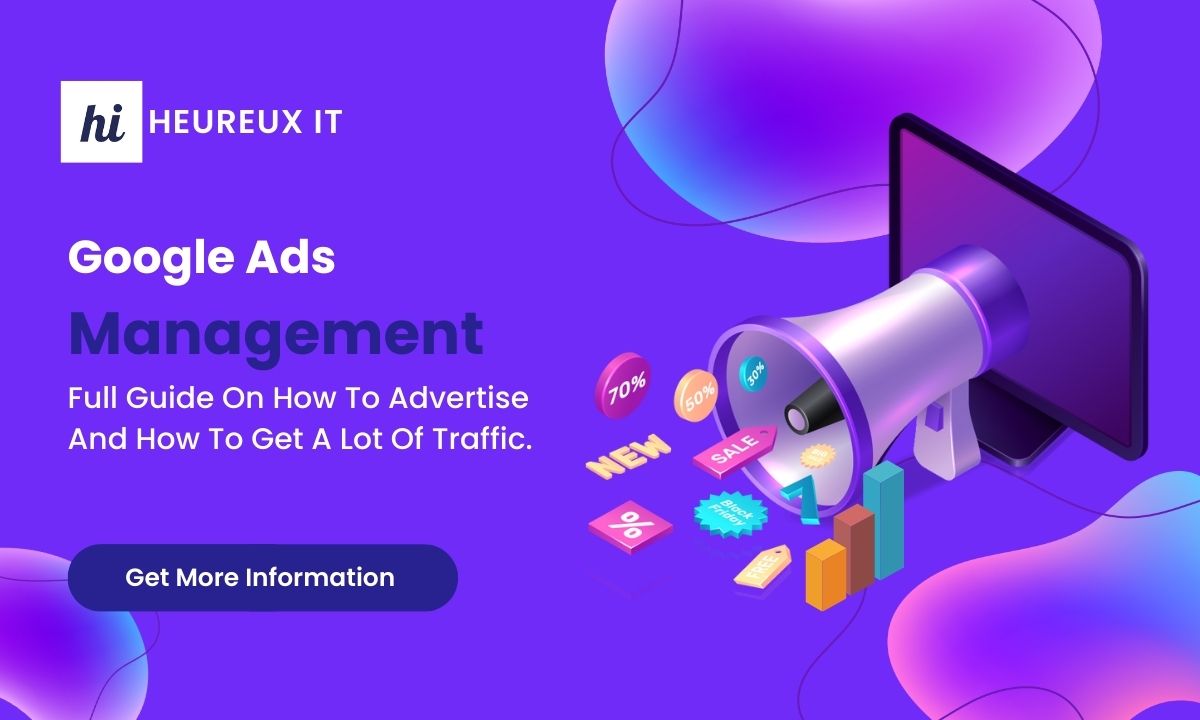Email marketing remains a cornerstone of digital marketing, offering a direct line to your audience. To design and execute successful email marketing campaigns, it’s crucial to have a strategic plan that covers every aspect of the process, from setting objectives to analyzing results. Let’s break down the key steps needed to ensure your campaigns hit the mark.
Defining Your Campaign Objectives
The foundation of any successful email marketing campaign is a clear understanding of its purpose. Whether you’re aiming to boost brand awareness, promote a new product, or nurture leads, your objectives will guide the structure and content of your emails. For instance, if your goal is lead nurturing, you might focus on providing valuable content that educates and builds trust. On the other hand, if you’re launching a new product, your emails would prioritize eye-catching visuals and strong calls to action. Clarifying your goals ensures that every element of your campaign aligns with your desired outcomes.
Building a Targeted Email Marketing List
A targeted email list is essential for the success of your email marketing campaigns. Start by identifying your target audience and segmenting your list based on demographics, behaviors, or purchase history. By segmenting your audience, you can deliver more personalized content, such as welcome emails for new subscribers or special offers for loyal customers. The relevance of your content to each segment will drive higher engagement rates, ensuring your emails resonate with the right audience. Additionally, always use ethical practices to grow your list, such as offering valuable lead magnets that encourage sign-ups.
Crafting Compelling Email Content
Creating engaging content is key to the success of your email marketing campaigns. Begin with an attention-grabbing subject line that encourages recipients to open your email. The content inside should deliver on the promise of the subject line, providing clear, concise, and valuable information. Each email should have a single, focused call to action (CTA) that guides the reader toward the next step, whether that’s clicking a link, downloading a resource, or making a purchase. Additionally, incorporating visuals like images or videos can enhance the appeal of your emails, but be mindful of file sizes to maintain quick load times.
Optimizing for Mobile Devices
Given the high percentage of emails opened on mobile devices, it’s crucial that your campaigns are optimized for mobile viewing. A responsive design ensures your content looks great on any screen size, from smartphones to desktops. To optimize for mobile, use a simple, single-column layout, larger fonts, and easily tappable buttons. Keep your emails concise and avoid clutter to enhance readability on smaller screens. Testing your emails across various devices is essential to ensure they perform well, regardless of where they are opened.
Timing and Frequency of Your Emails
The timing and frequency of your email sends can make or break your email marketing campaigns. Sending too many emails can lead to subscriber fatigue and increased unsubscribes, while too few may result in missed opportunities. Analyzing your audience’s behavior is key to determining the optimal timing and frequency. For example, some audiences may respond better to weekly emails, while others may prefer a bi-weekly schedule. Pay attention to your open rates and click-through rates to refine your strategy and maximize engagement.
Analyzing Campaign Performance
No email marketing campaign is complete without thorough analysis. Monitoring key metrics like open rates, click-through rates, conversion rates, and unsubscribe rates will help you gauge the effectiveness of your campaigns. This data provides valuable insights into what works and where there’s room for improvement. Implementing A/B testing allows you to experiment with different subject lines, email designs, and sending times to identify the most effective strategies. Continuous optimization based on performance data is essential for ongoing success.
Ensuring Compliance with Email Marketing Laws
Ensuring that your email marketing campaigns comply with legal regulations is critical. Depending on your audience’s location, you may need to adhere to laws such as the CAN-SPAM Act, GDPR, or CASL. Compliance not only protects your brand from legal issues but also builds trust with your subscribers. Always provide a clear way for recipients to unsubscribe and be transparent about how their data will be used. Obtaining explicit consent before adding someone to your email list is also vital for maintaining a positive relationship with your audience.
Conclusion
Effective email marketing campaigns require careful planning, strategic execution, and ongoing optimization. By setting clear objectives, building a targeted and segmented email list, crafting compelling content, optimizing for mobile, and analyzing performance, you can create campaigns that deliver meaningful results. Compliance with legal standards further ensures that your campaigns are both ethical and effective. By following these best practices, your campaigns can become a powerful tool for driving engagement, building customer relationships, and achieving your business goals.







